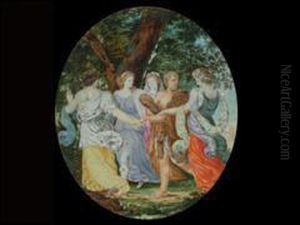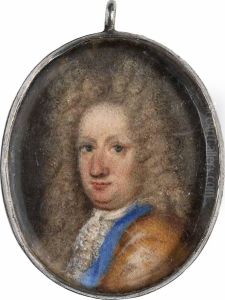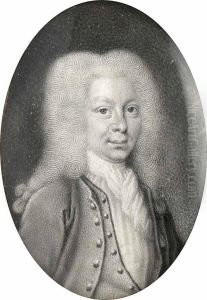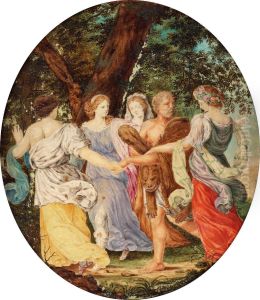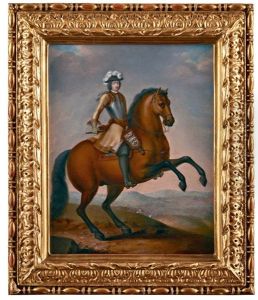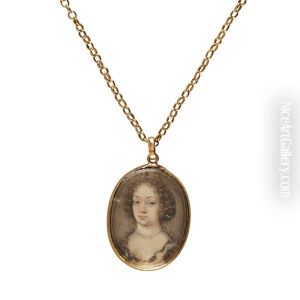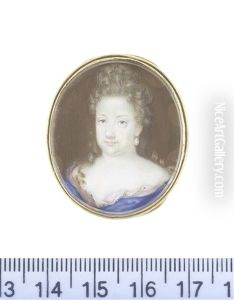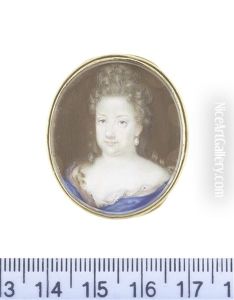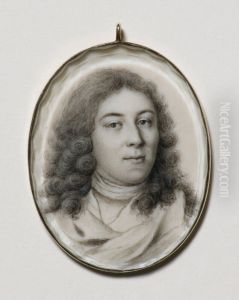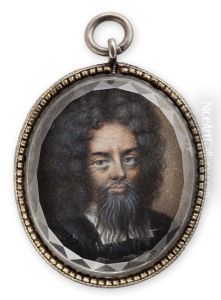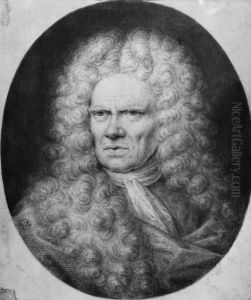Elias Brenner Paintings
Elias Brenner was a Finnish-born painter, draftsman, and antiquarian who made significant contributions to the documentation of Finnish and Swedish historical artifacts and heraldry. Born on May 22, 1647, in Vyborg, then part of the Kingdom of Sweden (now in Russia), Brenner grew up during a period of great interest in history and antiquities in Sweden, which would greatly influence his career.
Initially, Brenner pursued studies in theology at the University of Turku but eventually shifted his focus to art. His artistic talents were recognized early on, and he received patronage that allowed him to travel to Stockholm to study under the court painter David Klöcker Ehrenstrahl. Brenner's education under Ehrenstrahl's guidance equipped him with skills in portraiture and historical painting, which were highly sought after in the Swedish court.
Brenner's work extended beyond painting to include the study of antiquities and the collection of historical objects. He became known for his meticulous drawings of ancient coins, medals, and seals, which were invaluable for the preservation of historical knowledge. His antiquarian interests also led him to document heraldry, and he produced a substantial collection of drawings depicting the coats of arms of the Swedish nobility.
In addition to his contributions to art and antiquities, Brenner was also involved in numismatics, the study of coins and currency. His work in this field was pioneering, and he amassed an impressive collection of coins from different periods and regions. This collection, along with his detailed drawings and descriptions, was an important resource for later scholars in the field.
Brenner's legacy is also tied to his role as a teacher and mentor to the next generation of artists and antiquarians. He shared his knowledge and skills with numerous students, helping to preserve the techniques and traditions of historical documentation.
Elias Brenner passed away on February 16, 1717, in Stockholm. Although he is not widely known today, his contributions to the study of art, heraldry, and numismatics in Sweden and Finland have earned him a place in the annals of history. His works are preserved in various Swedish archives and museums, serving as a testament to his meticulous approach and dedication to preserving the past.
